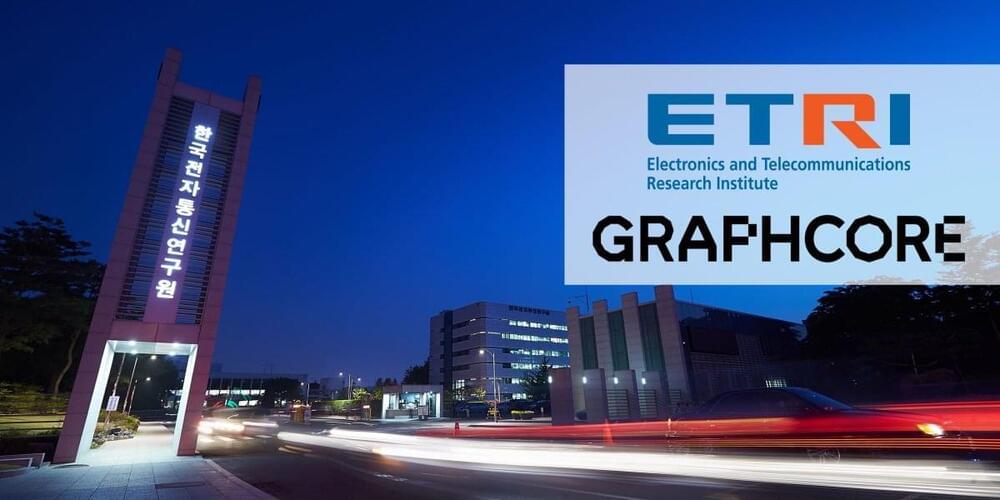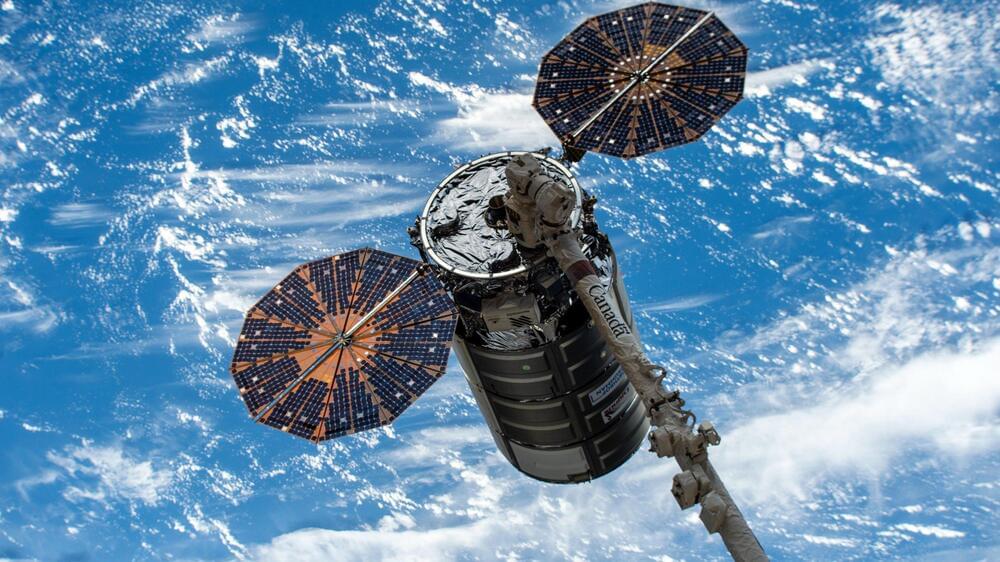A new report warns that UK government debt is likely to see a major increase this century. The 50-year projections are based on a world of increasing risk, alongside demographic, economic, technological, and other trends.


http://2045.com http://gf2045.com.
In February of 2012 the first Global Future 2045 Congress was held in Moscow. There, over 50 world leading scientists from multiple disciplines met to develop a strategy for the future development of humankind. One of the main goals of the Congress was to construct a global network of scientists to further research on the development of cybernetic technology, with the ultimate goal of transferring a human’s individual consciousness to an artificial carrier.
2012–2013. The global economic and social crises are exacerbated. The debates on the global paradigm of future development intensifies.
New transhumanist movements and parties emerge. Russia 2045 transforms into World 2045.
Simultaneously, the 2045.com international social network for open innovation is expanding. Here anyone interested may propose a project, take part in working on it, or fund it, or both. In the network, there are scientists, scholars, researchers, financiers and managers.
2013–2014. New centers working on cybernetic technologies for the development of radical life extension rise. The ‘race for immortality’ starts.
2015–2020. The Avatar is created — A robotic human copy controlled by thought via ‘brain-computer’ interface. It becomes as popular as a car.


The Space Force has assumed command of a new unit that will be focused on keeping an eye out for foreign threats in space, but it comes as Congress is warning the small service branch that it has to prepare to slow its growth.
Delta 18 and the brand-new National Space Intelligence Center were officially commissioned late last month at Wright-Patterson Air Force Base in Dayton, Ohio. It will be staffed by nearly 350 civilian and military personnel.
Delta 18’s mission is to “deliver critical intelligence on threat systems, foreign intentions, and activities in the space domain to support national leaders, allies, partners and joint war fighters,” according to a press release.


Graphcore and Korea’s Electronics and Telecommunications Research Institute (ETRI) have entered a multi-year partnership to develop new software approaches for high-efficiency AI compute.
Running from 2022 through 2025 and funded by the Korean government, the partnership will combine the world-leading capabilities of ETRI—Korea’s largest public research institute by R&D expenditure and license income—with Graphcore’s proven leadership in developing and commercialising efficient, high-performance compute systems for machine intelligence.

On Tuesday, July 5, space physics and human studies dominated the science agenda aboard the International Space Station. The Expedition 67 crew also reconfigured a US airlock and put a new 3D printer through its paces.
The lack of gravity in space impacts a wide range of physics revealing new phenomena that researchers are studying to improve life for humans on and off the Earth. One such project uses artificial intelligence to adapt complicated glass manufacturing processes in microgravity with the goal of benefitting numerous Earth-and space-based industries. On Tuesday afternoon, NASA
Established in 1958, the National Aeronautics and Space Administration (NASA) is an independent agency of the United States Federal Government that succeeded the National Advisory Committee for Aeronautics (NACA). It is responsible for the civilian space program, as well as aeronautics and aerospace research. Its vision is “To discover and expand knowledge for the benefit of humanity.” Its core values are “safety, integrity, teamwork, excellence, and inclusion.”
IKEA, the world’s largest furniture retailer, has announced plans to sell home solar panels in the US — a move that could democratize and demystify access to solar.
Solar hesitancy: The benefits of solar go beyond protecting the environment — solar panels are cheaper than ever, and between the lower energy bills and government subsidies, a home solar system could pay for itself before the panels need to be replaced.
Despite that, only 3.2% of single-family detached homes have solar panels, according to the National Renewable Energy Laboratory.
Start listening with a 30-day Audible trial and your first audiobook is free. Visit.
http://www.audible.com/isaac or text “isaac” to 500–500.
In the future we will rely ever more on Artificial Intelligence to run our civilization, but what role will AI and computers playing in governing?
Visit our Website: http://www.isaacarthur.net.
Support us on Patreon: https://www.patreon.com/IsaacArthur.
Facebook Group: https://www.facebook.com/groups/1583992725237264/
Reddit: https://www.reddit.com/r/IsaacArthur/
Twitter: https://twitter.com/Isaac_A_Arthur on Twitter and RT our future content.
SFIA Discord Server: https://discord.gg/53GAShE
Listen or Download the audio of this episode from Soundcloud:
Episode’s Audio-only version: https://soundcloud.com/isaac-arthur-148927746/ai-run-government.
Episode’s Narration-only version: https://soundcloud.com/isaac-arthur-148927746/ai-run-government-narration-only.
Credits:
AI Run Government.
Science & Futurism with Isaac Arthur.
Episode 284; April 1, 2021
Produced, Written, and Narrated by Isaac Arthur.
Editors:
Jason Burbank.
Jerry Guern.
Keith Blockus.
Mark Warburton.
Matthew Campbell, Defender of Earth.
Konstantin Sokerin.
Cover Art:

UPDATE — This story has been updated to include additional information from an Army press release.
WASHINGTON — The U.S. Army has opened up the competition to design and build prototypes for its Bradley Infantry Fighting Vehicle replacement, releasing a request for proposals to industry July 1 on the government contracting website Sam.gov.
The details of the RFP covering both a detailed design (phase 3) and prototyping (phase 4) are not yet publicly available.